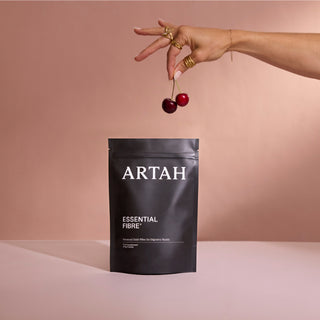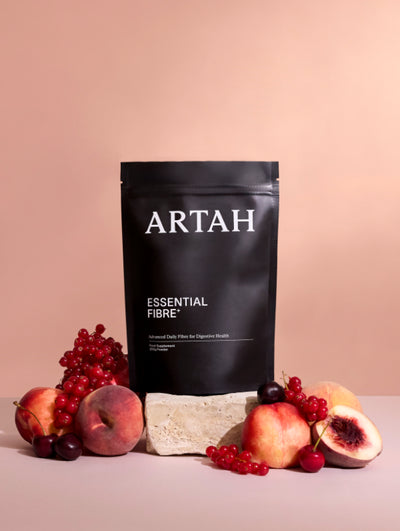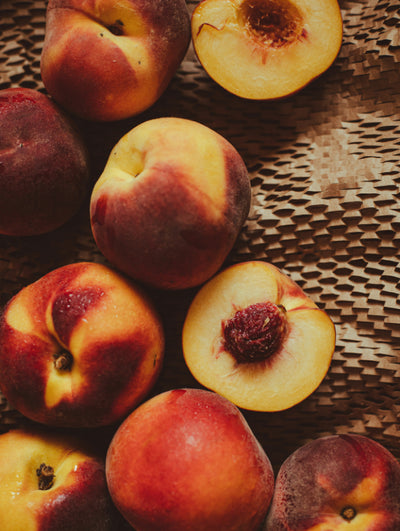If new clinical research is anything to go by, supplementing with Omega-3 could slow down the ageing process and extend our health span. All it took was 1 gram of Omega-3, taken daily over the course of three years, for healthy older adults to age three months less than other participants in the trial. When they also did regular exercise and took Vitamin D supplements, that number increased to four months.
Whether it’s cognitive clarity and heart health or glowing skin and a balanced immune response, every cell in the body relies on Omega-3 fatty acids to function at their best. However, the body can’t produce these essential fats on their own, which is why diet, and possibly supplementation, is incredibly important.
The two key Omega-3 fatty acids are EPA and DHA, which can help reduce inflammation and risk of chronic disease (such as heart disease), as well as support brain function and eye health. Additionally, a number of studies suggest that Omega-3s may be effective at treating major depression and other mental health and psychiatric issues, but more research is needed in this area.
EPA and DHA are critical for both foetal and maternal health. Pre-pregnancy, they are essential for hormone balance, egg quality, ovulation and to combat inflammation, but their benefits only heighten once pregnancy is underway. DHA is a vital component of a baby’s brain development and supports their vision, cardiovascular health, immune system and more, plus increased EPA and DHA consumption throughout pregnancy can also support overall maternal health.
So, how can we ensure we’re getting enough of it?
Start with your diet. The best food sources are animal based – namely fish and seafood - with smaller amounts in seaweed and microalgae, and also poultry, eggs and meat, especially if the animals are pasture grazed or fed with Omega-3 enriched feed. Some of the best fish sources includ Mackerel, Salmon, Herring, Sardines + Tuna, but we also love adding a boost of omegas into sauces, bolognaise, and stews with omega-packed anchovies. Two ounces (equivalent to 7-10 fillets) has a combined 1g of EPA and DHA.
Plant-based foods contain an Omega-3 fat called Alpha-Linoleic Acid (ALA), which can be converted into EPA and DHA ; think walnuts, chia, flaxseeds, leafy green vegetables, seeds and beans. However, conversion of ALA to the essential Omega-3’s is relatively poor - between 8-20% of ALA is converted to EPA, and only about 1% is converted into DHA. From a plant POV, you’ll find high levels of EPA and DHA precursors in flaxseed, chia, walnuts, and soybeans.
If you’re looking at levels from the longevity study, it can be tricky to get enough of it through diet alone, which is why supplementing with a good quality fish oil can be helpful. Try Essential Omegas, which contains a lofty dose of Omega-3 fatty acids from sustainably sourced wild anchovies – one serving is the equivalent of 1.5 grams of EPA and DHA. Don’t forget the Vitamin D3; if the results from the trial aren’t compelling enough, The Department of Health and Social Care recommends supplementing with Vitamin D3 throughout the Autumn and Winter until at least April. If you’re taking Advanced Multi-Nutrient, you’ll have your D3 basics covered, or if you prefer it on its own, try Essential D3/K2.
Disclaimer: The information presented in this article is for educational purposes only and is not intended to diagnose, prevent, or treat any medical or psychological conditions. The information is not intended as medical advice, nor should it replace the advice from a doctor or qualified healthcare professional. Please do not stop, adjust, or modify your dose of any prescribed medications without the direct supervision of your healthcare practitioner.



















































